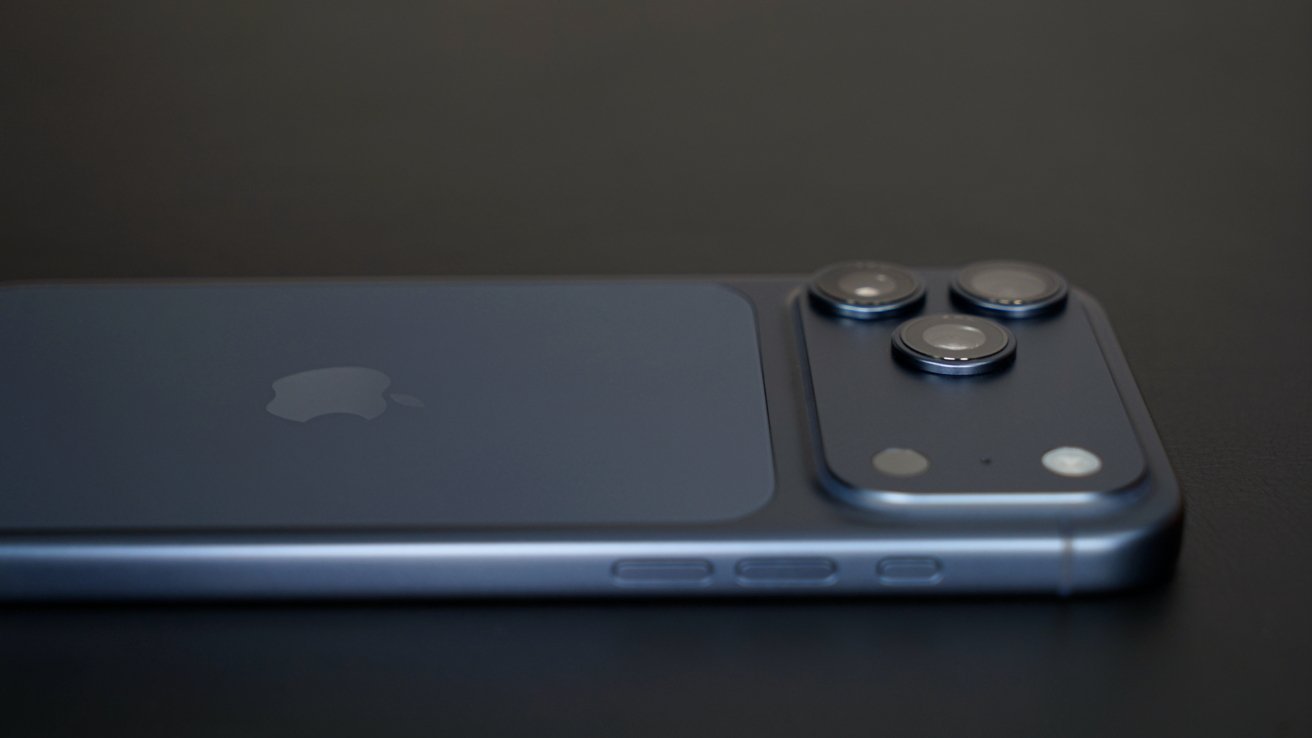Apple Poised to Reclaim Global Smartphone Leadership by 2029
Apple is on track to become the world’s leading smartphone manufacturer by 2029, surpassing Samsung, according to a recent report by Counterpoint Research. This anticipated shift is driven by robust demand for the upcoming iPhone 17, an extended upgrade cycle, and a series of innovative models slated for release through 2027.
Resurgence After a Decade
Since 2011, Samsung has consistently held the top position in global smartphone sales. However, a combination of factors is positioning Apple to reclaim this title. The Counterpoint Research report, as cited by Bloomberg, projects a 10% increase in iPhone shipments in 2025, outpacing Samsung’s expected growth of 4.6%. This surge would elevate Apple’s market share to an estimated 19.4%, compared to the overall market growth of 3.3%.
Key Drivers of Growth
Several elements contribute to this optimistic forecast:
1. iPhone 17 Demand: The anticipated release of the iPhone 17 is expected to generate significant consumer interest, particularly in the United States and China. Many users who purchased devices during the COVID-19 pandemic are now ready for an upgrade, fueling this demand.
2. Secondhand Market Influence: Between 2023 and the second quarter of 2025, approximately 358 million secondhand iPhones were sold. This robust secondary market indicates a strong brand loyalty and suggests a substantial number of users may opt for new models in the coming years.
3. Innovative Product Pipeline: Apple’s roadmap includes several groundbreaking models, such as the iPhone Fold and iPhone 17e in 2026, and a special 20th-anniversary iPhone in 2027. These releases are expected to further bolster sales and market presence.
Sales Versus Install Base
While Apple is poised to lead in annual smartphone sales, it’s important to distinguish between sales figures and the overall install base. Globally, Android devices account for over 70% of the install base, whereas Apple holds a dominant position in select markets like the U.S., nearing 60%. Despite projected sales growth, it’s unlikely that Apple will surpass Android’s global install base due to the prevalence of more affordable Android options worldwide.
A separate report from Counterpoint Research indicates that 79% of smartphones sold through most of 2025 ran on Android. This underscores the extensive reliance on Android by numerous manufacturers globally, contrasted with Apple’s singular focus on iOS.
Strategic Implications
Apple’s position as the leading smartphone seller, while maintaining a smaller install base, offers strategic advantages. By not being the dominant platform, Apple can navigate antitrust concerns and regulatory scrutiny more effectively. This balance allows the company to innovate and expand its market share without the constraints often faced by market leaders.
Conclusion
Apple’s projected ascent to the top of the global smartphone market by 2029 is a testament to its strategic product development, strong brand loyalty, and ability to capitalize on market dynamics. While challenges remain, particularly in expanding its install base against the widespread adoption of Android, Apple’s focus on innovation and customer engagement positions it well for sustained growth in the coming years.



